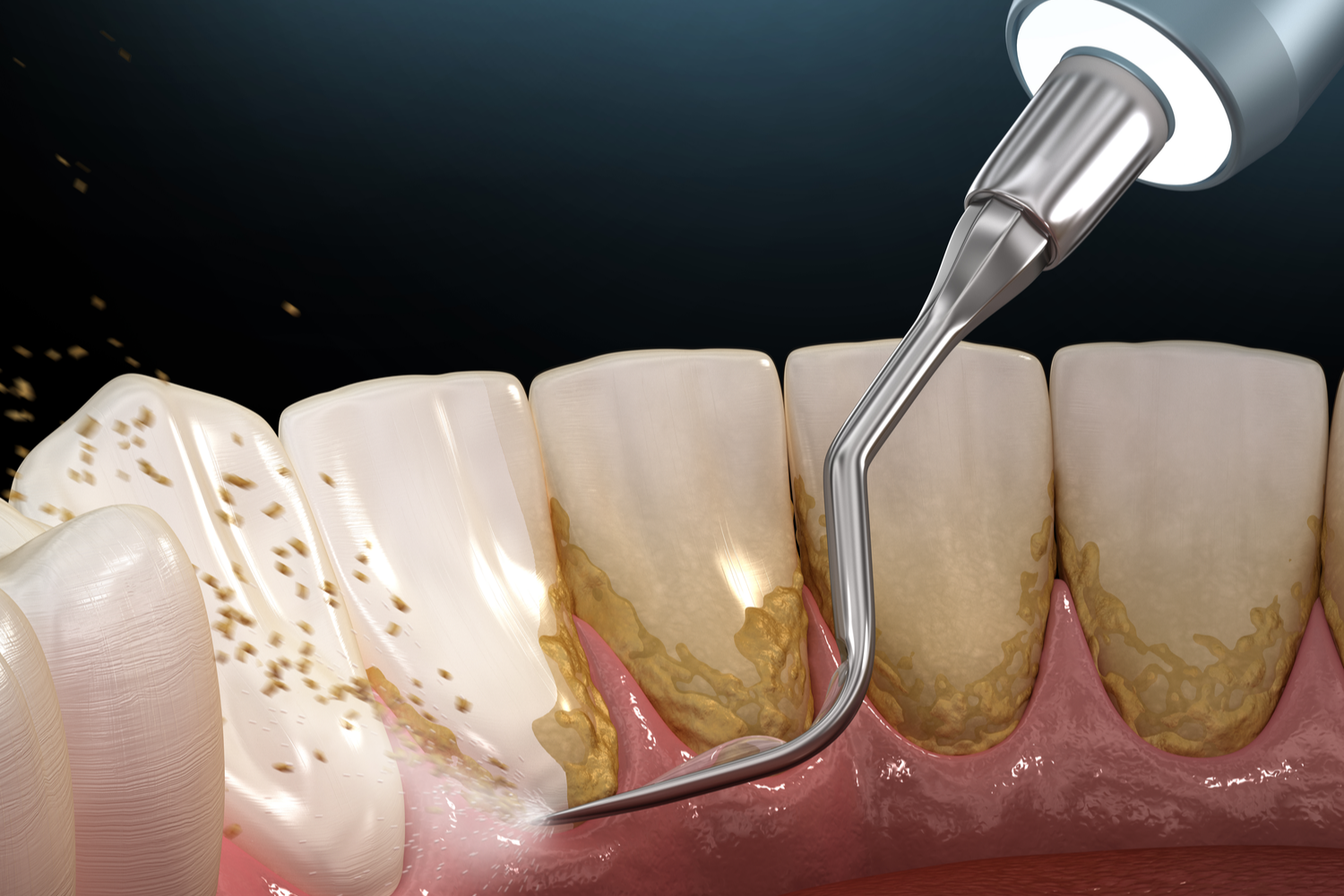
Scaling and root planing is a deep cleaning procedure that helps treat and prevent gum disease. It is a non-surgical method used by dentists and periodontists to remove plaque and tartar from beneath the gum line, ensuring healthy teeth and gums. If left untreated, gum disease can lead to tooth loss and other serious health issues. This comprehensive guide will discuss the importance of scaling and root planing, the procedure, benefits, risks, and aftercare.
Understanding Gum Disease
Gum disease, also known as periodontal disease, occurs due to plaque buildup around the teeth and gums. The two primary stages of gum disease are:
- Gingivitis – A mild form of gum disease causing redness, swelling, and bleeding of the gums.
- Periodontitis – A more severe stage leading to gum recession, bone loss, and eventually tooth loss if left untreated.
Scaling and root planing is an effective treatment to halt the progression of periodontitis and maintain oral health.
What is Scaling and Root Planing?
Scaling and root planing is a two-step deep cleaning process performed by a dental professional:
- Scaling: The removal of plaque and tartar from the tooth surface and below the gumline.
- Root Planing: The smoothing of the tooth roots to help gums reattach and reduce the risk of further plaque buildup.
When is Scaling and Root Planing Necessary?
A dentist may recommend scaling and root planing if:
- There is excessive plaque and tartar buildup below the gumline.
- The gums are inflamed, bleeding, or receding.
- Deep pockets form between the teeth and gums.
- X-rays show bone loss due to periodontitis.
The Procedure: What to Expect
1. Initial Examination
The dentist examines the gums using a probe to measure pocket depths and assesses the extent of gum disease.
2. Local Anesthesia
To minimize discomfort, a local anesthetic is applied to numb the affected areas.
3. Scaling
The dentist uses manual or ultrasonic instruments to remove plaque and tartar from below the gumline.
4. Root Planing
The tooth roots are smoothed to encourage gum reattachment and prevent bacterial growth.
5. Antibacterial Rinse & Medication
An antibacterial rinse or localized antibiotics may be applied to promote healing.
6. Follow-up Visits
A follow-up appointment ensures proper healing and determines if further treatment is necessary.
Benefits of Scaling and Root Planing
- Prevents Tooth Loss: Treats gum disease before it leads to tooth loss.
- Reduces Gum Inflammation: Helps gums heal and reduces bleeding and swelling.
- Eliminates Bad Breath: Removes bacteria that cause persistent bad breath.
- Improves Overall Health: Reduces the risk of systemic conditions linked to gum disease, such as heart disease and diabetes.
Risks and Potential Side Effects
Although scaling and root planing is a safe procedure, some patients may experience:
- Mild Discomfort: Soreness and sensitivity for a few days.
- Gum Recession: Temporary gum shrinkage as inflammation subsides.
- Bleeding: Minor bleeding, especially during the first 24 hours.
- Infection: Rare but possible, especially if post-care instructions are not followed.
Aftercare and Recovery Tips
1. Oral Hygiene Practices
- Brush with a soft-bristled toothbrush twice daily.
- Floss regularly to prevent plaque buildup.
- Use an antimicrobial mouthwash to reduce bacteria.
2. Dietary Adjustments
- Avoid hard, crunchy, or spicy foods for a few days.
- Drink plenty of water to flush out bacteria.
- Limit sugary and acidic foods to prevent plaque buildup.
3. Dental Follow-Ups
- Attend regular dental check-ups to monitor gum health.
- Consider more frequent cleanings if recommended by the dentist.
How Often Should You Get Scaling and Root Planing?
The frequency of scaling and root planing depends on individual oral health. Some patients may need it once, while others with severe periodontitis may require maintenance cleanings every 3–6 months.
Alternative Treatments for Gum Disease
- Laser Therapy: Uses laser technology to remove infected tissue and bacteria.
- Antibiotic Therapy: Topical or oral antibiotics to control infection.
- Surgical Procedures: Advanced cases may require flap surgery or gum grafting.
Conclusion
Scaling and root planing is a crucial procedure for maintaining healthy gums and preventing the progression of gum disease. With proper oral hygiene and regular dental visits, you can keep your teeth and gums in optimal condition. If you experience symptoms of gum disease, consult your dentist to determine if scaling and root planing is right for you.